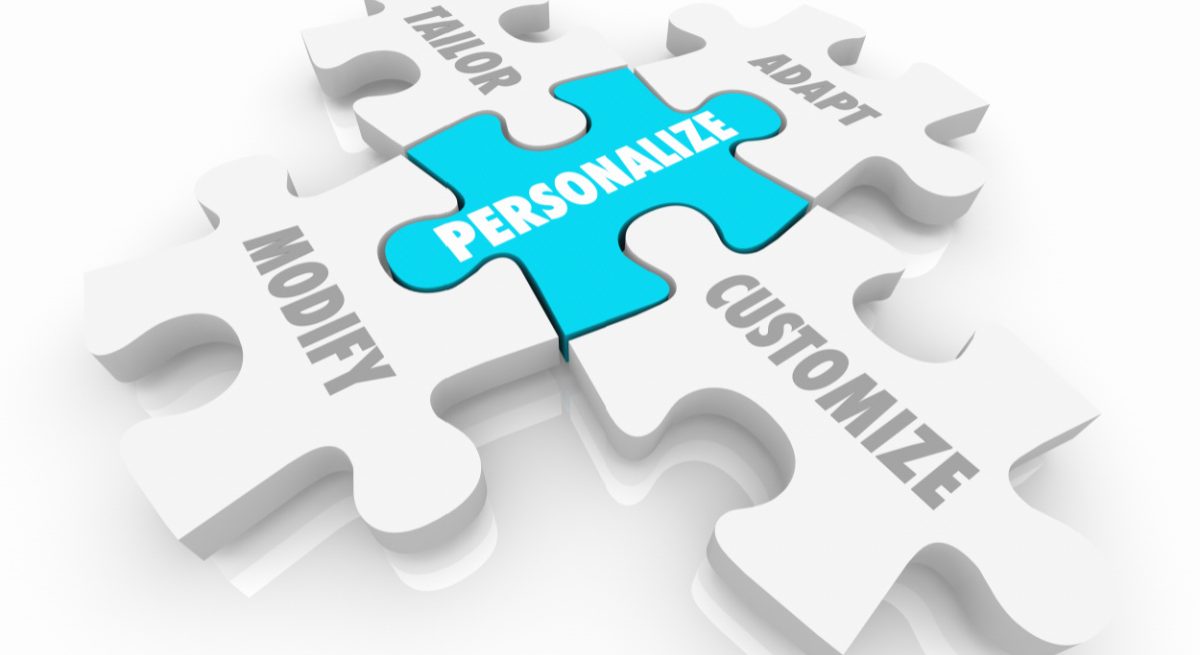Harnessing Data and Using Automation to Deliver a More Personalized Dining Experience
3 Min Read By Dirk Izzo
Hold the pickles but double-up on mayo. Gluten-free buns, please. Supersize it – every time. We’ve entered an age where personalization is everything. As a result, quick-service and fast-casual restaurants are increasingly harnessing big data and automation to give their customers what they want before an order comes out of their mouth – or their brand’s app.
According to Tech Jury, the data analytics market is expected to reach $103 billion by 2021. Further, 97.2 percent of organizations are investing in big data and AI – restaurants included.
Personalization is a key ingredient to dishing up a comprehensive customer experience, capturing valuable data and enabling brands to reach out to customers though several touchpoints that create the customer journey: the drive-thru, menu board, branded apps, kiosks and loyalty programs.
Burger King, for instance, has installed digital menu boards using Deep Flame’s technology to suggest foods popular in a certain area and uses…
Sorry, You've Reached Your Article Limit.
Register for free with our site to get unlimited articles.
Already registered? Sign in!


